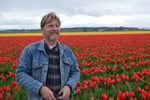

Contributor
- Topics: Archive, Growing for Biodiversity

The mown lawns of suburbia attest to a human love of open, grassy places. Cultural anthropologists speculate that lawns have a direct link to the great savannahs of Africa, which we left ages ago to colonize the globe. Grasslands are said to have fostered the development of our upright posture and large brains. These grasslands, you could say, are what made us human.
Grasslands occur naturally on all continents except Antarctica. In North America, we generally refer to our grasslands as prairies, the French word for meadow. Nothing is more iconic to the grand scale of this continent than the vast tallgrass prairies of its interior.

There are lesser, but just as important, prairies here in the Pacific Northwest. Our native prairies range throughout the Willamette Valley/Puget Trough/Georgia Basin (WPG) and are some of the most endangered ecosystems on the continent. In the last 160 years, prairies throughout the WPG have been reduced to nearly three percent of their original area. Most of those are in fragmented and much degraded 100-acre parcels—the average size of a subdivision in the United States is 241 acres.
That land is a community is the basic concept of ecology, but that land is to be loved and respected is an extension of ethics. That lands yield a cultural harvest is a fact long known, but latterly often forgotten. — Aldo Leopold, Father of the Ecological Restoration Movement
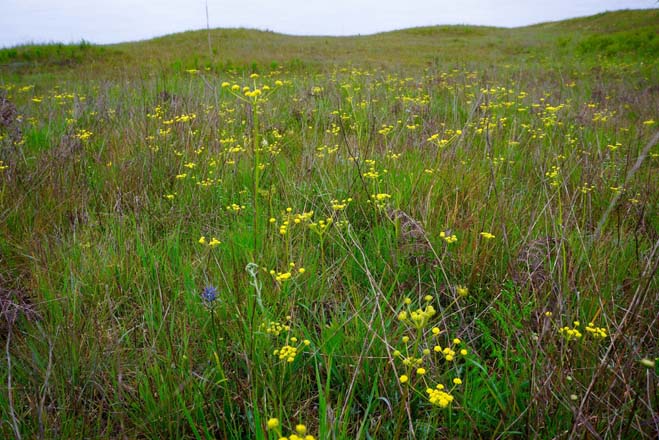
Northwest prairies are vastly different from the prairies of the heartland. Unlike the tallgrass prairies in the Midwest that enjoy year-round precipitation, our prairies are adapted to a dry growing season and warm, wet winters with a distinctive matrix of low-growing, drought-tolerant grasses and forbs that flower abundantly in spring before going dormant in summer.
The WPG prairies arose after the last ice age during a long, warm, dry period from about 9500 to 4500 years BP (before present). They developed on both the flat, gravelly outwash of south Puget Sound and on the fine–grained soils and undulating topography deposited by the many rivers of the region.

Indigenous peoples were strongly tied to these species-rich prairies using them both as hunting grounds and for gathering numerous edible and medicinal plants that grew in them. So tightly bound were the activities of the humans with the prairies that one early ecologist of the Northwest grasslands, Hans Roemer, called them Anthroponotic Climax Communities, meaning their stability depended on human activity.
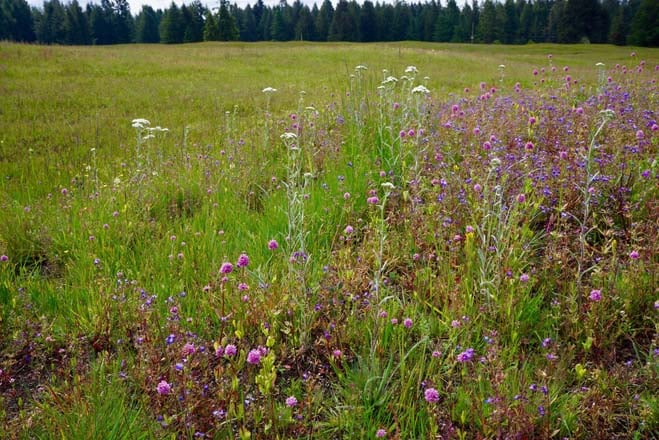
As the climate became cooler and wetter starting about 5000 years ago, it became easier for woody species, especially conifers, to establish in these open spaces. The indigenous people maintained their abundant food source with frequent burning, which kept woody species at bay and introduced nutrients into the often-poor soils. The Pacific Northwest has the lowest incidence of lightning strikes on the continent; frequent lightning-initiated fires that perpetuate the tallgrass prairies of the continent’s interior did not happen here. These human-induced fires were an important component to the life of the prairies.
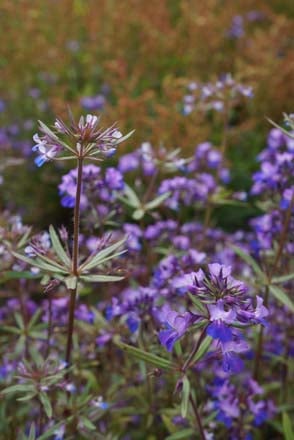
Likewise, the harvesting of many of the edible roots, in particular camas (Camassia quamash), the subsequent “tilling” and, some ethnobotanists speculate, even “weeding” helped shape the unique park-like landscape the first Europeans found when they arrived in the Pacific Northwest a few centuries ago.
In 1806, Lewis and Clark reported seeing prairies composed solely of pure stands of onion and camas lily (Allium and Camassia). They even called them “gardens.” A few years later, in 1825, Scottish botanist David Douglas rhapsodized about encountering plains in Southwestern Washington “covered with a rich sward of grass, and a profusion of flowering plants.” His co-traveler, Dr. John Scouler, effused more economically as he imagined grazing lands for horses and “innumerable herds of swine” fattening on the nutritious roots of camas.
The vast open spaces among the giant forests reminded early settlers of the pastoral farmlands of Europe. And they acted accordingly. Vast tracts of rich prairie were plowed to plant wheat, potatoes, and other European crops, while the prairies with poorer soil were used to graze livestock. By the 1850s, European land claims blanketed the area. When centuries of traditional tending of the land ended, nothing short of an ecological disaster occurred.
And it is still happening.
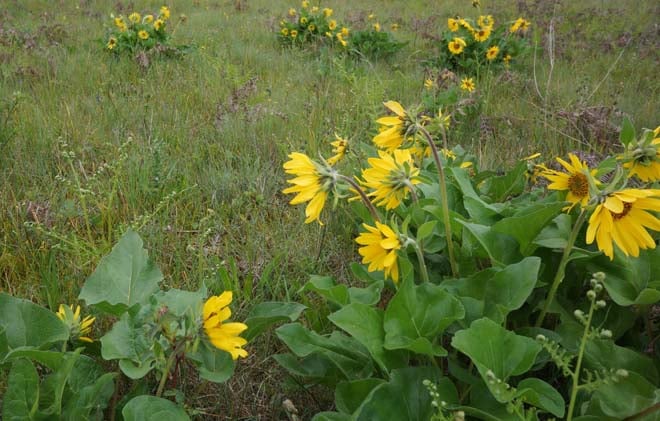
The WPG remains one of the fastest developing areas in the country. Though these treeless grasslands and rich soils constitute only four percent of the WPG, nearly three-quarters of the Northwest population lives in this eco-region.
Still, Affiliate Professor Peter W. Dunwiddie and Associate Professor Jonathon D. Bakker of the School of Environmental and Forest Sciences at the University of Washington in Seattle, offer hope for these remnants of species-rich prairies. “Over the last two decades, conservation, management, and research in these landscapes have progressed rapidly. Energetic partnerships and collaborations have sprung up to protect these endangered systems, identify key research and management needs, facilitate the exchange of information, generate new methods for restoring and managing rare species and communities, and sustain their long-term viability and ecological health.”
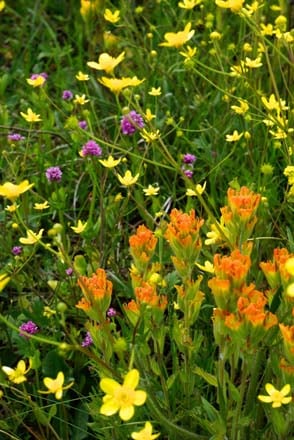
One of the success stories of these efforts is the Glacial Heritage Preserve, a 1,134-acre preserve, including 650 acres of grassland, located in Thurston County south of Olympia, Washington. In 1988, Thurston County purchased the land, recognizing the potential for restoring several native ecosystems on the variable site, which includes bottomlands along the Black River and gravelly uplands.
The Nature Conservancy began managing the land in 1995, a role that was taken over by the Center for Natural Lands Management in 2014. Today, CNLM sees to all aspects of maintenance on this private preserve: managing controlled burns, removing invasive plants by pulling or herbicide use, and reintroducing native plants through seeding and planting. With humans back in the picture in a restorative rather than a destructive manner, the prairies at this preserve and elsewhere throughout the region are making a comeback.
One project in particular stands out at Glacial Heritage: the prairie restoration trial plots of Bakker, himself a transplant from the tallgrass prairies of the northern Great Plains. Beginning in 2008, with the support of the United States Fish and Wildlife Service, Bakker’s goals were to find the best methods for the re-establishment of native prairie species and a realistic approach to management going into the future.
The test plots, consisting of rich bottomland soils abutting farmland, were treated in a variety of ways to prepare them for seeding: sprayed with a glyphosate herbicide; solarized by covering the soil with plastic and using the sun’s heat to kill seeds and roots of unwanted plants then plowed and tilled; or burned. Seeds were then planted in the bare soil.

Bakker and his team of students have selected a seed mix containing two dozen native prairie plants, including those important as larval food and nectar plants for rare butterflies. One species in particular, the golden paintbrush (Castilleja levisecta)—the rarest plant in Washington—and the Taylor’s checkerspot (Euphydryas editha taylori), an endangered butterfly that feeds on it, were pivotal to the development and funding of this project.
Seeds are applied at the high rate of 600 per square meter. Rodents and birds eat many seeds; others germinate and die, or don’t germinate at all. Still, the 5 percent success rate creates enough plants to cover the ground in a few years, making seeding an effective method for re-establishing prairies.
Bakker calls the prairies “Cultural Landscapes,” a much more elegant term than Anthroponotic Climax Communities. Still, like Roemer, he sees human involvement as integral to their continuation. CNLM and Bakker’s students experiment with many methods, including hand-weeding, burning, and selective use of various herbicides—and combinations thereof—to maintain these plots.
An important factor going forward will be the effects of climate change on the existing prairies and on restoration projects throughout the region. Many prairies and oak savannas, historically the dominant vegetation of the interior valleys along the Pacific Coast between the Cascades and the coastal mountain ranges, have given way to forest. But as our climate warms and we experience longer summer droughts, scientists predict that these forests will shrink, with many laid waste by more frequent fires. Some scientists see this as an opportunity, not a disadvantage.
According to Dominique Bachelet, Senior Climate Change Scientist at Oregon State University, “Prairie and oak savannas provide a range of ecosystem services such as fire and flood buffering capacity, soil carbon sequestration, and water filtration, which may become increasingly important as climates change and human density increases.” She and her colleagues are optimistic about the future of prairies. When viewed from this perspective, Bakker’s work at Glacial Heritage Preserve takes on a much larger scope than the tens of acres they now cover.

As we march headlong into the Anthropocene, the proposed name for the epoch that begins when humans began to have a global impact on ecosystems, it’s good to know that not all human activity is detrimental to the environment. Some projects, like Bakker’s at Glacial Heritage Preserve, are not only working to preserve cultural landscapes of the past, but also helping to create the cultural landscapes of the future. And many of those will be prairies.
Share:
Social Media
Garden Futurist Podcast
Most Popular
Videos
Topics
Related Posts

Low Maintenance Gardens – Better for Pollinators and People
Autumn 2022 “I come out every day. It’s therapy, my meditation.” Janet’s young garden transformed from overgrown, invasive plants to mostly natives. The dailiness of

Invasive Plants Are Still Being Sold: Preventing Noxious Weeds in Your Landscape
Autumn 2022 With so many beautiful ornamental plant species and cultivars throughout California and the Pacific Northwest, how do you decide which ones to include

Garden Design in Steppe with Transforming Landscapes with Garden Futurist Emmanuel Didier
Summer 2022 Listen to full Garden Futurist: Episode XVII podcast here. Emmanuel Didier, Principal and Creative Director at Didier Design Studio is a leading figure
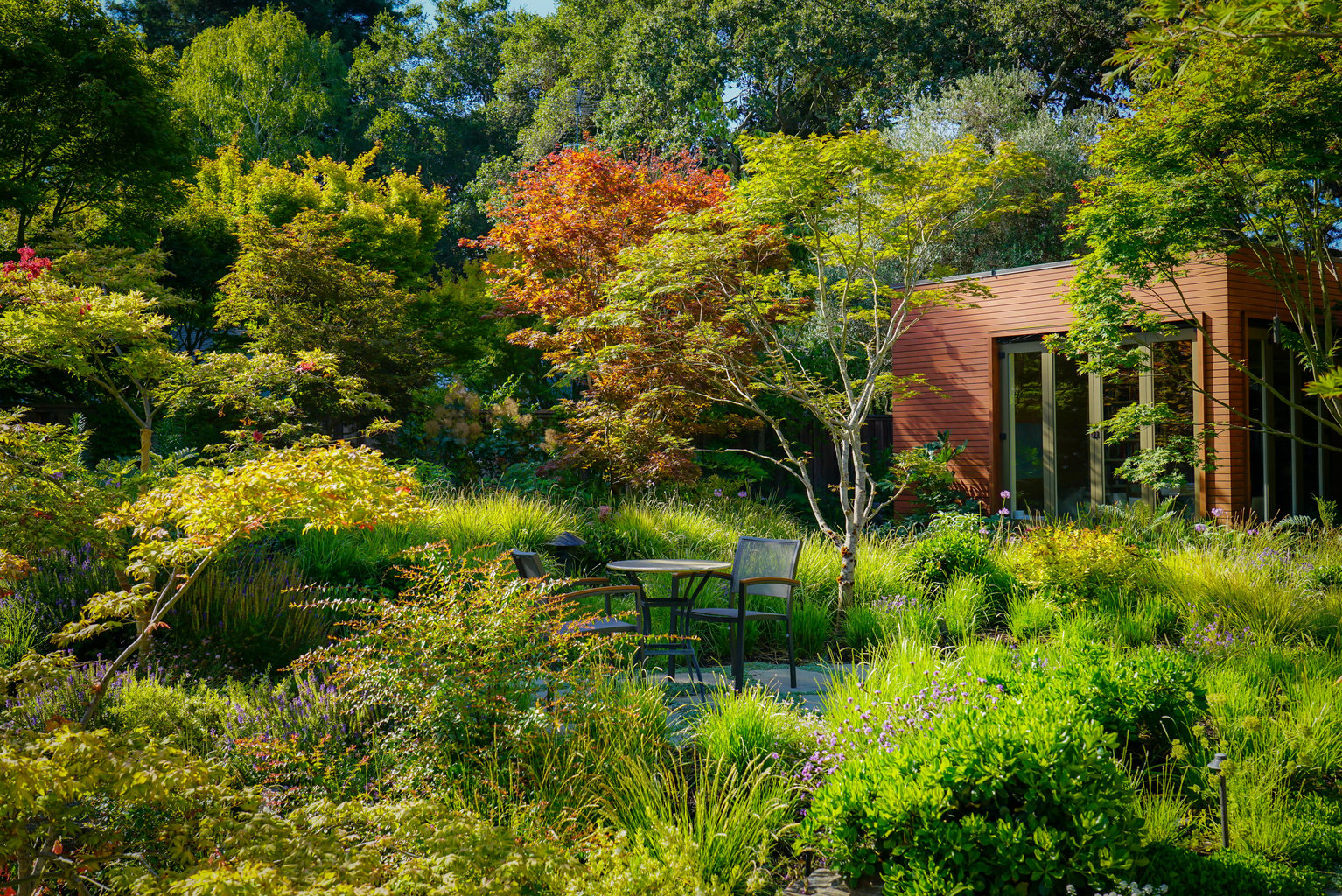
Seslerias: Versatile Groundcover Meadow Grasses
Summer 2022 Without question, the most beautiful and versatile of all the groundcover meadow grasses are the moor grasses (Sesleria). Moor grasses tick off all

